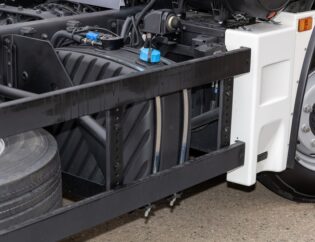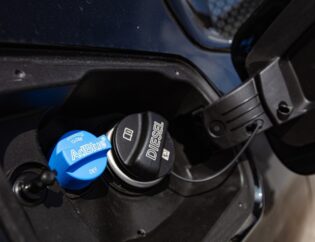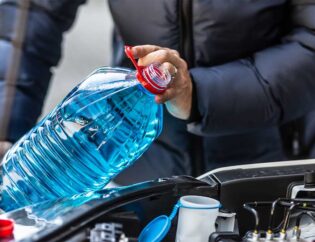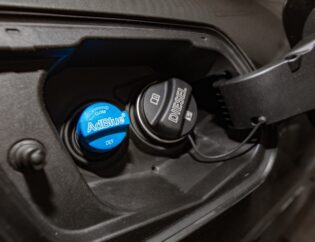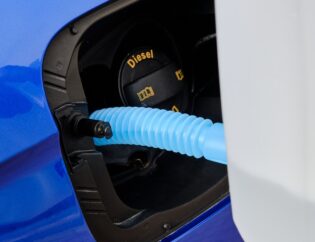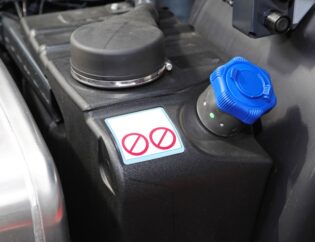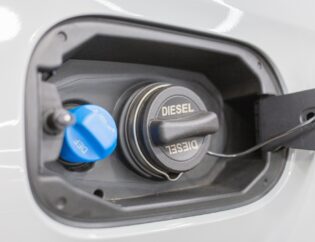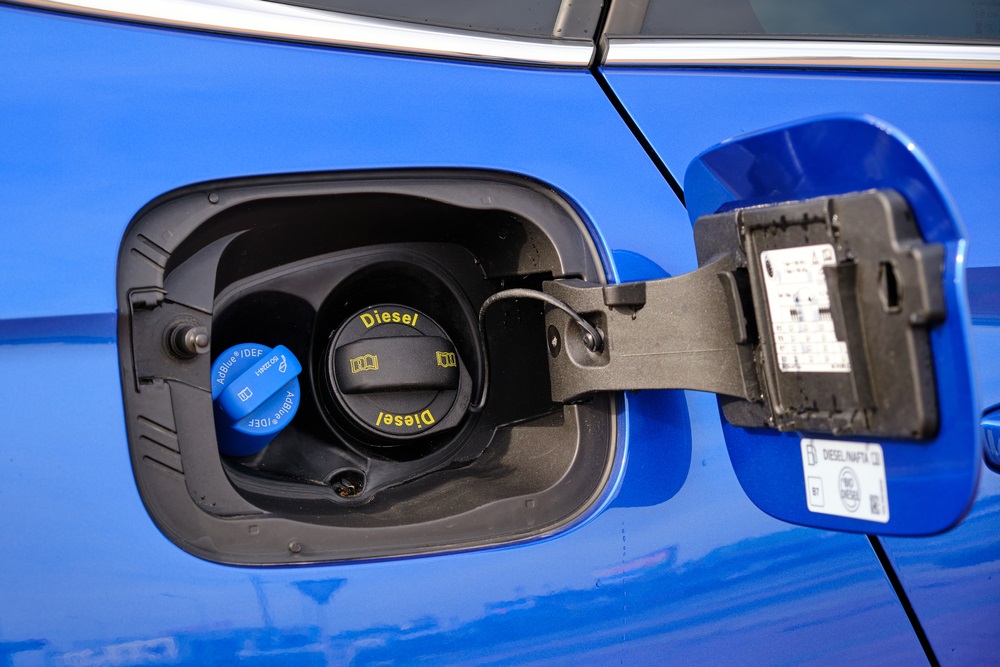
Urea is a synthetic compound with the chemical formula CO(NH₂)₂. It is made primarily from ammonia and carbon dioxide through an industrial process known as the Haber-Bosch process. While urea is most commonly associated with fertilizers, its application in DEF serves a distinct environmental purpose. The urea in DEF is highly purified to meet strict automotive standards.
In diesel engines, DEF is injected into the exhaust stream of the vehicle. The urea in DEF undergoes a chemical reaction when it is heated, breaking down into ammonia (NH₃). This ammonia then reacts with NOx gases in the SCR system, converting them into harmless nitrogen (N₂) and water vapor (H₂O), which are safe for the environment. Without urea, this crucial process for reducing vehicle emissions wouldn’t be possible.
Contents
How is Urea in DEF Manufactured?
The manufacturing process of urea begins with the production of ammonia (NH₃), which is created by synthesizing nitrogen from the air with hydrogen derived from natural gas.
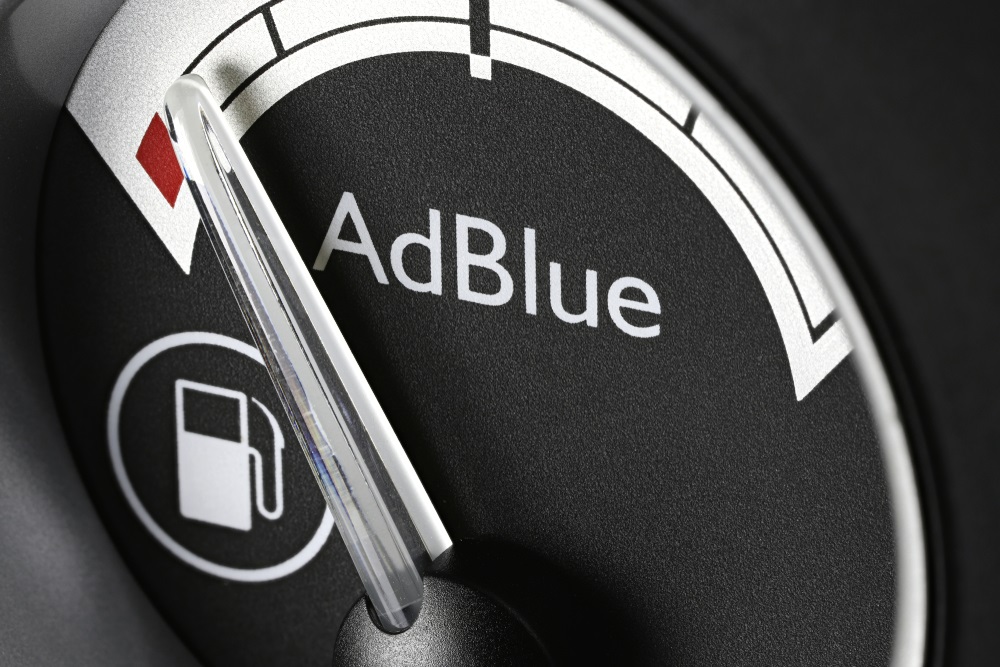
This ammonia is then reacted with carbon dioxide (CO₂) at high pressures and temperatures to form urea. The chemical reaction is as follows:
2NH₃ + CO₂ → CO(NH₂)₂ + H₂O
This reaction creates a solution of urea and water, which is then processed to meet the specific requirements for DEF. High-purity urea used in DEF must contain very low levels of impurities to prevent any damage to the SCR system in modern diesel engines.
Purification and Quality Control
Once urea is produced, it goes through rigorous purification processes. For DEF applications, the urea must meet ISO 22241 standards, which dictate its chemical purity and composition. Any impurities, such as biuret, aldehydes, and insoluble substances, are removed to ensure the DEF solution performs effectively without harming engine components.
The Importance of High-Quality Urea in DEF
The quality of the urea in DEF is critical to the performance and longevity of SCR systems in diesel vehicles.
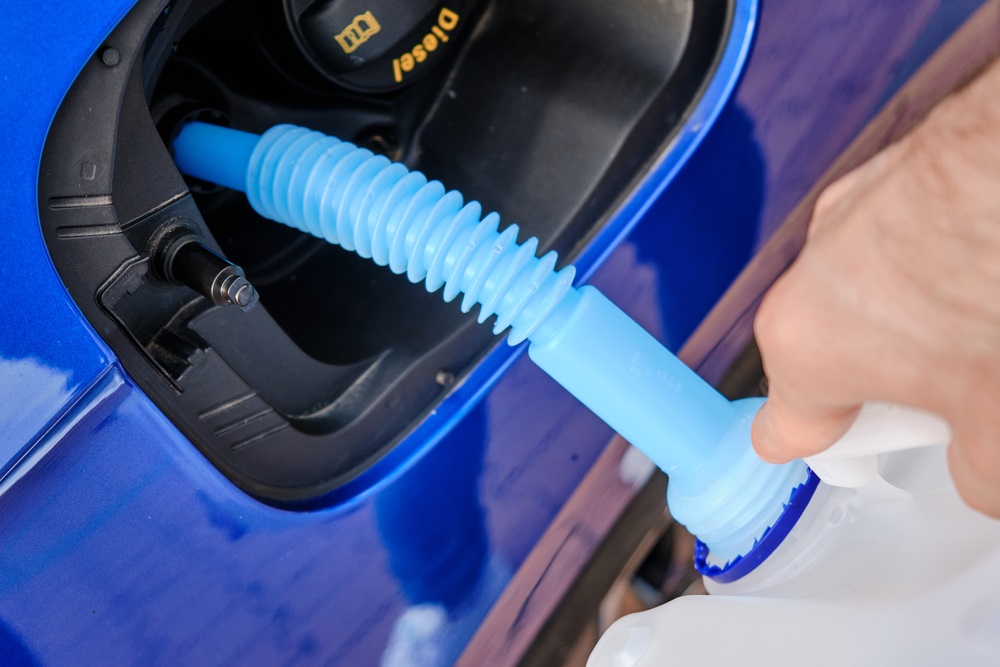
Poor-quality urea can lead to several problems, including clogging of the system, incomplete chemical reactions, and increased emissions. This is why DEF providers like Azure Chemical are dedicated to delivering only the highest-grade urea for their DEF solutions.
To discover what is urea in DEF made from, Any contamination or deviation in the urea concentration can lead to malfunctions in the SCR system, causing higher NOx emissions, engine fault codes, or damage to catalytic converters. High-quality DEF, like that provided by Azure Chemical, ensures optimal functioning of emission control systems, reducing downtime and maintenance costs for vehicle operators.
What Sets DEF Urea Apart from Fertilizer Urea?
It’s important to distinguish between urea used in agriculture and urea used in DEF. While both types of urea are chemically identical, the purity levels differ significantly. Urea for agricultural use may contain impurities that would be harmful to the SCR systems in diesel engines. DEF-grade urea is subject to stringent quality controls to ensure that it meets the required specifications for automotive applications.
Chemical Composition Comparison
| Property | Agricultural Urea | DEF Urea |
| Purity Level | Approx. 46% Nitrogen | 32.5% Urea Solution |
| Impurities | Higher | Extremely Low |
| Application | Fertilizer | Diesel Exhaust Fluid |
While both forms of urea originate from the same chemical processes, their end uses are quite different. Only DEF urea is refined to the standards required for safe use in vehicles.
Environmental Benefits of Using Urea in DEF
What is urea in DEF made from? Urea in DEF is instrumental in reducing the environmental impact of diesel engines.
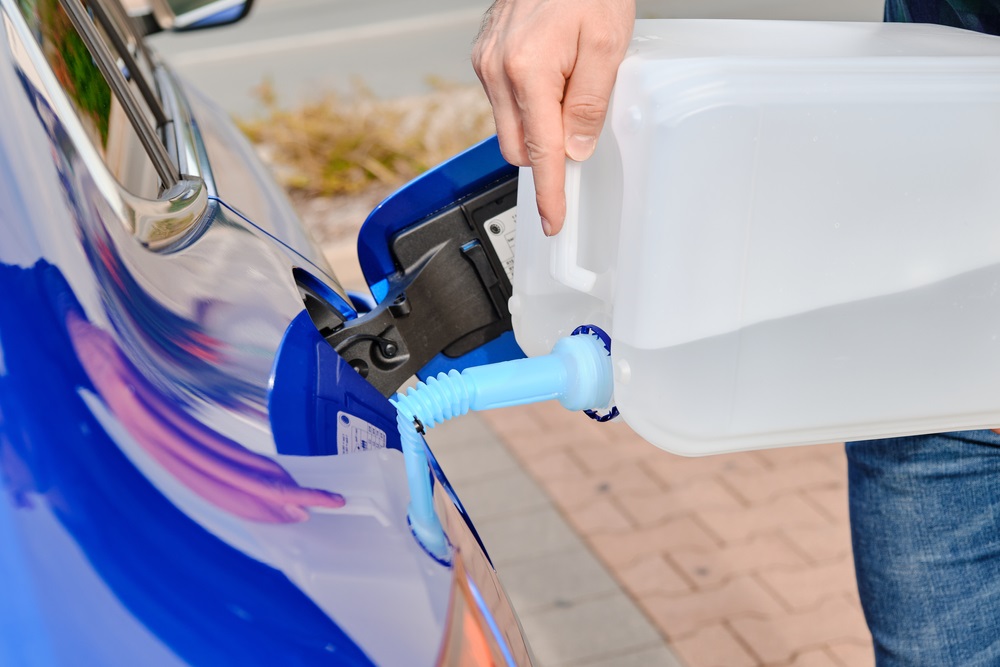
By breaking down harmful NOx emissions into nitrogen and water, DEF contributes to cleaner air and reduced pollution. This has made DEF an essential component of modern diesel engine design, particularly in regions with strict emissions regulations.
DEF and Emission Regulations
Countries across the world have implemented stringent emission standards to curb air pollution from diesel engines. The European Union’s Euro 6 standards and the United States’ Environmental Protection Agency regulations require the use of technologies like SCR, which depend on urea-based DEF, to meet NOx reduction targets.
DEF’s Role in Sustainability
Using DEF not only helps vehicles comply with regulatory standards but also supports broader environmental sustainability efforts. By minimizing the release of nitrogen oxides into the atmosphere, DEF plays a key role in reducing the formation of smog and acid rain, making it an eco-friendly solution for diesel-powered vehicles.
The Urea DEF Supply Chain
The production and distribution of urea-based DEF are part of a complex supply chain involving several industries. Urea production requires natural gas, which is also a key input in the ammonia synthesis process. Once urea is produced, it is transported to DEF manufacturing facilities, where it is mixed with deionized water and packaged for distribution.
- Ammonia Production: Ammonia is synthesized from natural gas and nitrogen.
- Urea Production: Ammonia reacts with carbon dioxide to form urea.
- DEF Formulation: Urea is dissolved in deionized water to create DEF.
- Quality Testing: DEF undergoes strict testing to ensure it meets ISO standards.
- Distribution: DEF is packaged and shipped to end-users, such as vehicle operators and fuel stations.
Azure Chemical ensures that every step in this supply chain is carefully monitored to provide customers with reliable, high-quality DEF.
FAQs
Is DEF urea the same as fertilizer urea?
No, while both types of urea are chemically similar, DEF urea is more refined and purified to meet strict automotive standards, whereas fertilizer urea may contain impurities unsuitable for engine use.
Why is high-purity urea important in DEF?
High-purity urea ensures the proper functioning of the SCR system, preventing damage to engine components and ensuring efficient NOx emission reduction.
How does urea in DEF reduce emissions?
When injected into the exhaust stream of a diesel engine, urea breaks down into ammonia, which reacts with NOx gases in the SCR system, converting them into harmless nitrogen and water.
Can low-quality urea affect engine performance?
Yes, using low-quality urea in DEF can lead to incomplete chemical reactions, engine fault codes, and higher emissions, potentially damaging the SCR system.
What role does Azure Chemical play in DEF supply?
Azure Chemical provides high-quality, ISO-compliant DEF solutions, ensuring that your diesel engines meet emission standards and operate efficiently.
Conclusion
Urea in DEF is made from ammonia and carbon dioxide, and its role in reducing diesel engine emissions is essential for meeting today’s stringent environmental standards. With high-quality DEF, your vehicles can operate more efficiently and with fewer emissions. Azure Chemical provides premium DEF solutions, ensuring that your fleet is equipped with the best products to meet your emission control needs. Trust Azure Chemical to deliver reliable DEF that keeps your diesel engines running clean and compliant with emission regulations. Schedule your delivery today.

